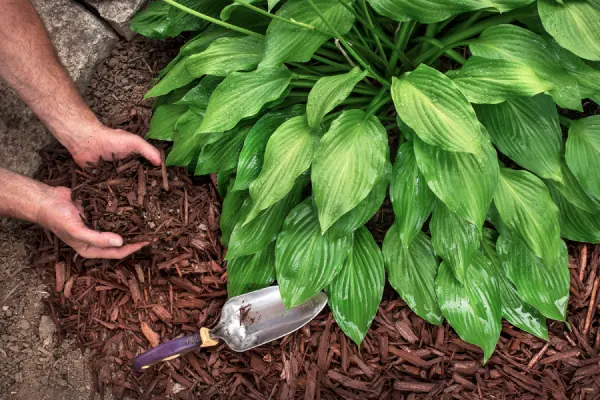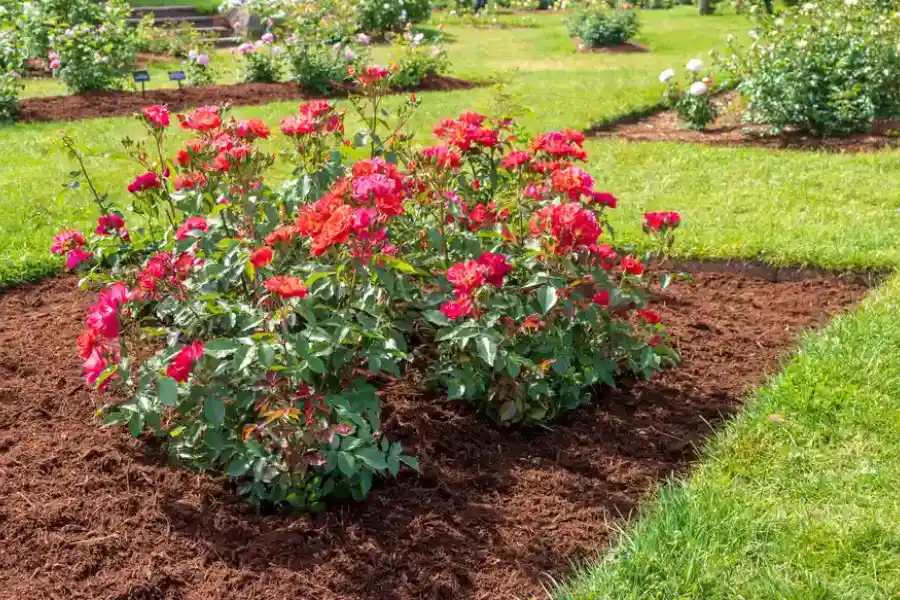The Role of Mulch in Preventing Soil Erosion
Soil retention is crucial for maintaining healthy landscapes and gardens. One effective way to enhance soil retention is by using mulch. This natural material helps protect soil from erosion, maintain moisture, and promote plant growth. Mulching involves covering the soil with organic or inorganic materials, which can greatly benefit both domestic gardens and agricultural lands. In this article, we will explore how mulch contributes to soil retention, providing you with valuable insights into its importance and application.
How Mulch Helps Retain Soil Moisture
One of the primary benefits of applying mulch is its ability to retain soil moisture. By creating a barrier between the atmosphere and the ground, it minimizes water evaporation. This process ensures that plants receive adequate moisture, reducing the need for frequent watering. Moreover, mulching moderates soil temperature, keeping it cool during hot weather and warmer in cooler months, which further supports plant health.
Enhancing Soil Structure With Mulch
Mulching also plays a significant role in improving soil structure. Organic mulch types, such as wood chips or shredded leaves, decompose over time. This decomposition adds essential nutrients back into the soil, fostering a fertile environment for plant roots. Additionally, mulch prevents soil compaction by absorbing the impact of rain and foot traffic, thus enhancing root development.
Preventing Weed Growth Through Mulching
An often overlooked advantage of mulching is its capacity to suppress weed growth. By forming a dense cover over the soil, it blocks sunlight from reaching weeds, inhibiting their growth. This not only reduces competition for nutrients but also decreases the labor required to manage weeds manually.
Types of Mulch Materials Available
Various materials can be used as mulch, each offering distinct benefits. Some common choices include:
- Bark and wood chips: Long-lasting and visually appealing
- Straw and hay: Excellent for vegetable gardens
- Pine needles: Ideal for acid-loving plants
- Gravel and stones: Suitable for decorative purposes
Selecting the right mulch depends on your specific needs and environmental conditions.
Steps to Properly Apply Mulch
- Clear the area of existing weeds and debris.
- Ensure the soil is moist before applying mulch.
- Spread an even layer of mulch around plants, leaving space near stems.
- Aim for a thickness of 2-4 inches to achieve optimal results.
- Replenish mulch annually to maintain its effectiveness.
Following these steps ensures that you gain the maximum benefits from your mulching efforts.
Addressing Common Concerns About Mulch Use
Some individuals worry about potential drawbacks of using mulch, such as attracting pests or becoming too acidic. However, choosing the appropriate type based on your local climate and plant species mitigates these issues. Regular inspection and maintenance, like turning the mulch occasionally, can help prevent any adverse effects.
Improving Your Landscape With Mulch Practices
Incorporating mulch into your landscaping routine offers numerous advantages beyond just soil retention. It enhances garden aesthetics while saving time and resources through reduced watering needs. By selecting suitable materials and following proper application techniques, you can transform your garden into a thriving ecosystem that benefits both plants and wildlife.
Your Partner for Sustainable Gardening Solutions
If you’re ready to enhance your garden’s health and sustainability, consider incorporating mulch practices today. At Torres Lawn & Landscape LLC, our experts are committed to helping you achieve beautiful landscapes tailored to your unique needs. Call us at (513) 915-4231 to learn more about how we can support your gardening goals. Located in Middletown, OH, we provide personalized solutions designed to enrich and protect your outdoor spaces year-round.


